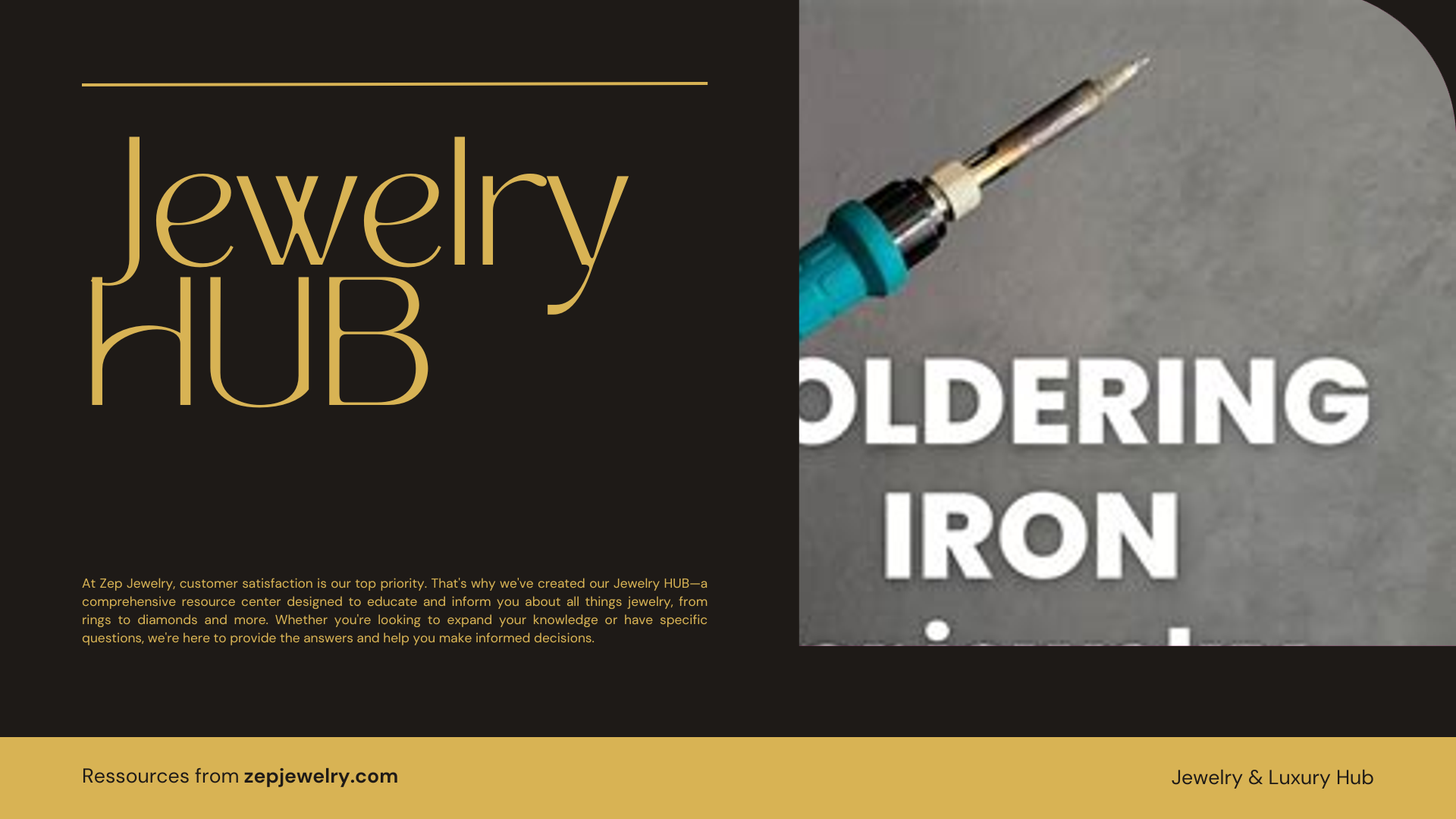Have you ever wondered if you could turn your kitchen table into a mini jewelry workshop? The good news is, you absolutely can! Jewelry soldering isn’t reserved for artisans in high-end studios; it’s an accessible craft you can embrace right at home. Picture this: with the right tools, a sprinkle of safety awareness, and a pinch of creativity, your living space becomes a canvas for crafting beautiful pieces. So, let’s delve into the world of soldering, where molten metal meets artistry, and discover how you can transform everyday moments into dazzling creations.
Can you solder jewelry at home?
Absolutely! Soldering jewelry can be successfully accomplished in the comfort of your home, provided you follow proper safety precautions and set up your workspace thoughtfully. While having a dedicated jewelry studio would certainly enhance your soldering experience, you can easily transform a simple kitchen table into a suitable workspace by creating a heat-safe area.
To get started, gather a few essential tools and materials. You’ll need a torch for heating your solder, a heat-resistant surface such as a ceramic tile or fire brick, and adequate ventilation to disperse any fumes generated during the process. A well-ventilated area is crucial, so consider opening windows or using a fan to promote airflow. Additionally, having a jar of water nearby for quenching hot metal, flux to help the solder adhere, and some small tools like pliers or tweezers for handling your pieces will make the process smoother.
Remember, safety should always come first. Protect your work surface and yourself from burns by wearing appropriate gear, such as goggles and heat-resistant gloves. Taking a moment to organize your materials and review the soldering steps will help you work efficiently and confidently. With practice and care, you’ll find that soldering at home can be a rewarding and enjoyable craft, allowing you to create or repair beautiful jewelry pieces right from your kitchen table.
What type of solder is used for jewelry?
Jewelry solder is essential for anyone looking to create or repair pieces of jewelry, and it typically comes in three varieties: hard, medium, and soft. The hard solder has the highest melting point and is usually the go-to choice for starting a project, especially if it involves more intricate or complex designs. Utilizing hard solder first allows you to make strong initial connections without compromising the integrity of the metal. After the hardest connections are made, you can then move on to medium and soft solders, which have lower melting points. This stepwise approach is crucial because if you start with softer solders, you risk melting your previous work when you go in to solder additional pieces.
It’s worth noting that the goal throughout this process is to always use the highest temperature solder applicable to your work at that stage. This practice not only helps with effective bonding but also maintains the purity and structural integrity of the precious metals you’re working with. For example, when soldering gold, one should use gold solder that matches the karat of the base metal to prevent contamination and ensure a seamless blend. By using the appropriate solder for your specific project, you’ll achieve cleaner results, which is particularly important when working with valuable materials that may be at risk of damage during the soldering process.
In summary, understanding the different types of solder and their applications is vital for anyone interested in jewelry making. By carefully selecting and using the right solder, you can elevate your creations, ensuring they not only look beautiful but are also structurally sound.
How do I prepare metal before soldering?
Preparation is key for a successful soldering job. Begin by ensuring the metal pieces fit together perfectly; this often requires careful filing and shaping. Next, clean the pieces to remove any grease or oil, as contamination can weaken the bond. A simple pickle solution—made from vinegar and salt—can help remove tarnish and prepare the metal, ensuring a clean soldering environment for optimal results.
Is specific solder required for different types of metal?
Yes, it is crucial to match the type and quality of solder to the metal being soldered. For instance, when working with 18K yellow gold, you should use 18K yellow gold solder. Using solder of a lower karat will not only compromise the purity of the precious metal but can also affect the overall visual quality of the finished piece. Therefore, always select the solder that corresponds specifically to the metal you are working with.
What safety precautions should I take when soldering jewelry?
Safety is paramount while soldering. Ensure your workspace is well-ventilated to avoid inhaling harmful fumes. It’s advisable to wear protective gear, such as gloves and eye protection, to shield yourself from hot fragments and splashes. Additionally, keep a nearby source of water for quenching hot metal and establish a clutter-free workspace to maintain focus and avoid accidents.
How do I know if the solder bond is secure?
Once you’ve soldered the pieces together, you can evaluate the strength of the bond by checking if both pieces hold a tight fit without movement. If there are any gaps or weaknesses, you may need to apply additional solder. After confirming that the bond is solid, use a heavy-duty scouring pad to clean the area and file away any rough spots that may have formed during the process.
Can I solder jewelry without a professional setup?
Yes, it’s entirely possible to solder jewelry without a professional studio setup. With the right tools—like a butane torch and charcoal block—you can accomplish soldering tasks effectively, even at home. The key lies in creating a dedicated soldering area that is safe and organized, emphasizing cleanliness and thorough preparation before starting your soldering projects.
